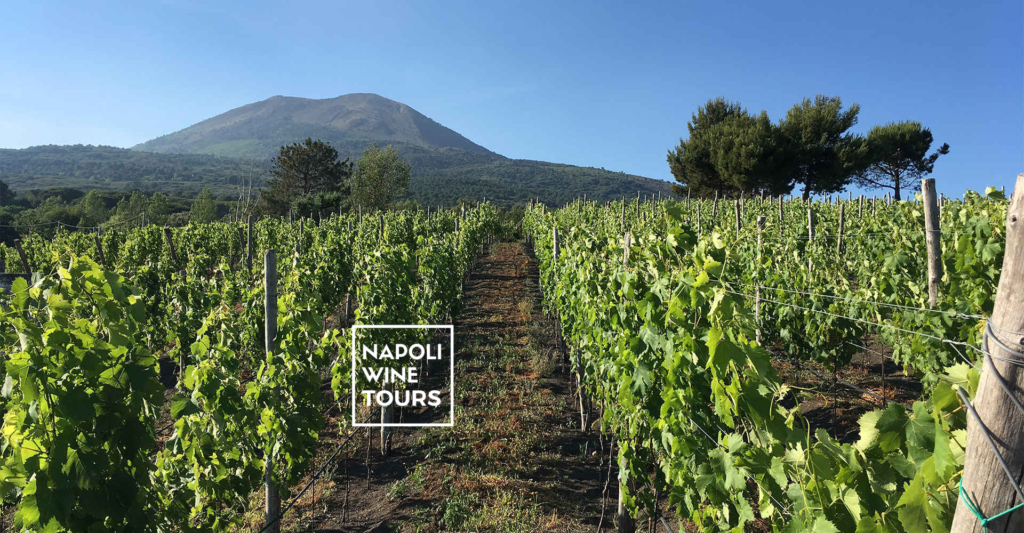
The Italian ampelographic heritage is very rich in native vines and in recent years we have been witnessing the revival of varieties we thought had almost disappeared.
The desire to re-evaluate the territories and the need to preserve the agricultural heritage in line with the relevant trend in the production of unconventional wines, are the three main factors that allow us to rediscover almost disappeared vines.
In Italy there are about 350 autochthonous wine varieties officially registered in all the main Italian agricultural regions. In Campania the scenario is complex and articulated, and it is possible to come across dozens of varieties, clones, biotypes, spread only locally and perhaps known by dialect terms.
Here are some of the most unique:
Catalanesca is a variety grown on the slopes of Vesuvius. Its name takes its origins from the geographical origin of this grape, which arrived in Campania – most likely – from Spain by the will of Alfonso I of Aragon in the 15th century. In 2007, this grape was included in the National Register of Wine Vine Varieties and today it can be marketed and vinified with the Catalanesca name of Monte Somma IGT.
The volcanic soil where it has its roots gives it a distinct minerality and its aromas of broom and apricot blend in harmony offering a fresh sip despite the high sugar content.
Sciascinoso (also known by the synonym “Sanguinosa”) was already mentioned by Pliny in his Naturalis Historia, is a grape variety grown in the province of Benevento and is used in the production of the DOC Sannio Sciascinoso wine.
With a lively ruby red color, snf with violet reflections, the aroma is intense, floral and fruity with notes of ripe red fruits and medicinal plants. The taste is dry, savory, slightly tannic and fairly soft.
The Rovello better known as Grecomusc ‘, is grown in Irpinia in the Taurasi area. Its grape has the singular characteristic that the peel grows out of proportion to the internal pulp and thus generates the unmistakable appearance of grapefruit, hence “Grecomusc'”.
Its intense straw color is with golden reflections. It has clear mineral hints of flint, yellow flowers and mint. It’s dry, and it has a long persistence. Warm and very savoury, it retains a good acidity which makes it long-lasting.
To discover these vines and be taken on a guided virtual journey of wine tasting, please contact us. The tasting of small niche products, which are “arising from the their ashes just like the phoenix did”, will leave you unforgettable memories.
